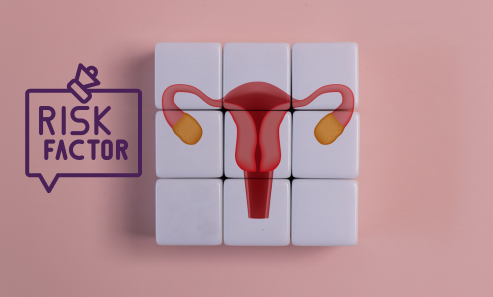



Here's a detailed overview of Ovarian Cancer, including its types, symptoms, risk factors, and treatment:

Ovarian cancer is a type of cancer that begins in the ovaries, the female reproductive glands that produce eggs. It often goes undetected until it has spread within the pelvis and abdomen, making early detection challenging.
Ovarian cancer is classified based on the type of cell where it starts:

Arise from the outer layer of the ovary.
Includes serous, mucinous, endometrioid, and clear cell carcinomas.

Begin in the cells that produce eggs.
More common in younger women.

Develop from hormone-producing tissue.
Can cause early symptoms due to hormone secretion.

Cancer that spreads to the ovaries from other organs.
Often vague and can mimic other conditions:
Note: If symptoms persist for more than two weeks, consult a doctor.

Exact causes are unknown, but it’s linked to:
While not all cases are preventable, risk can be reduced by:
Treatment depends on the stage, type, and health status:
(e.g., every 2–3 weeks) to give your body time to recover
Primary treatment to remove tumors and staging the cancer.
Often used after surgery to kill remaining cancer cells.
Drugs like PARP inhibitors for specific mutations.
Rarely used but may be considered in certain cases.
For cancers that are hormone-sensitive.
An emerging option for some ovarian cancers.

Chemotherapy can be delivered through:

Removal of uterus

Removal of both ovaries and fallopian tubes

Removal of abdominal fat layer

Removing as much of the tumor as possible

For early-stage cancer

For IV delivery of chemotherapy